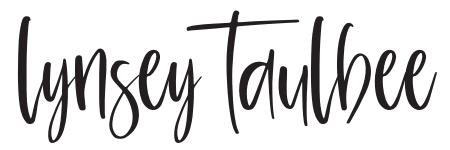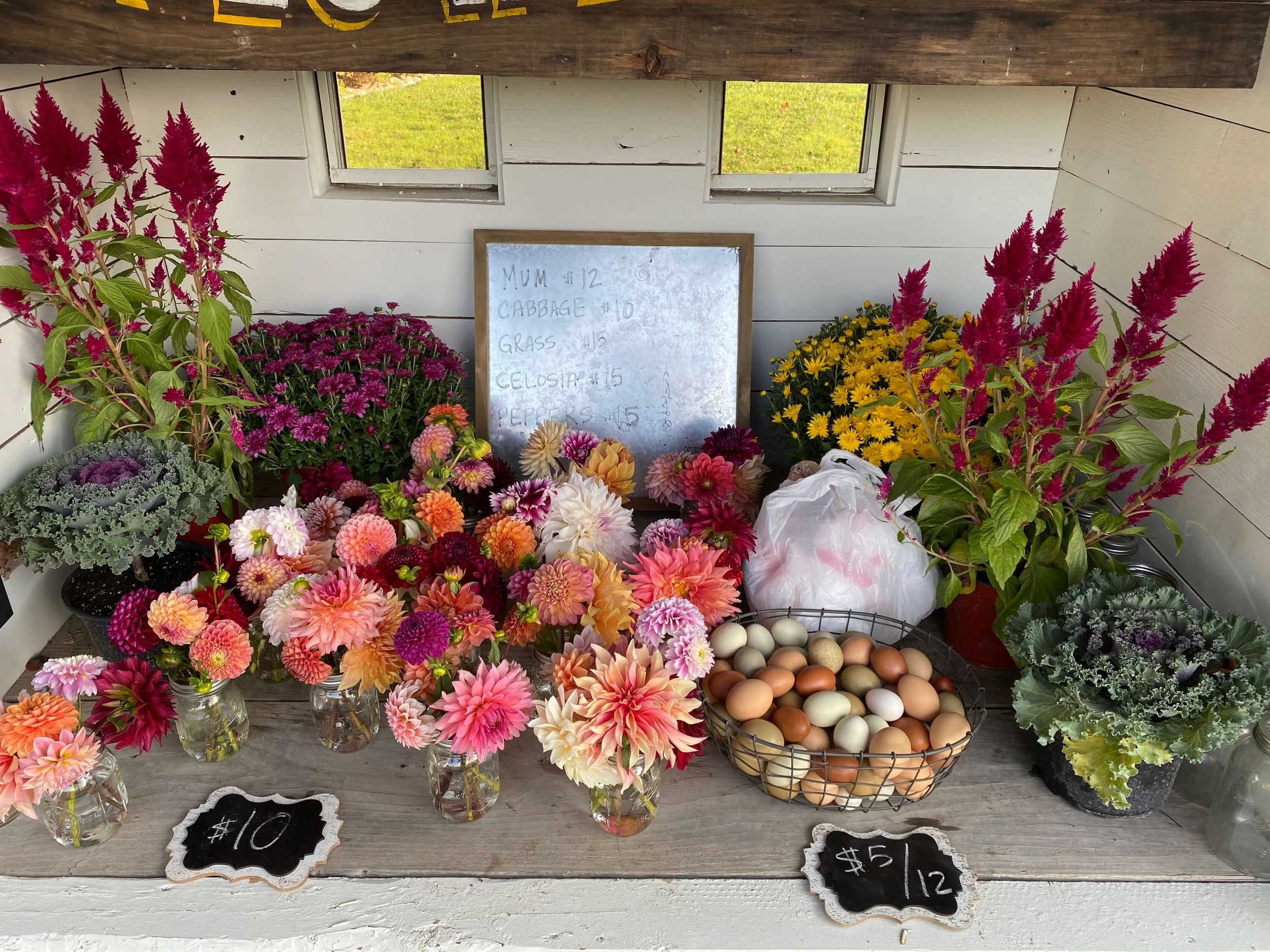How to Start a Roadside Stand: What to Know Before You Set Up Shop
You’ve seen the Pinterest-perfect roadside stands — a table filled with jars of wildflowers, baskets of fresh produce, bundles of herbs, maybe even homemade cookies or farm-fresh eggs. It looks charming, simple, and… doable.
And maybe you’re thinking: I could do that.
Roadside stands can be a great way to sell what you grow or make on your terms — whether it’s flowers, honey, baked goods, or veggies. But before you throw up a pop-up tent or prop a cooler by the road, there are a few key things to think through.
This guide walks you through the essentials of setting up a roadside stand — from location to pricing to permits — so you can start off right and build something that actually works.
🗺️ 1. Location: Where You Set Up Matters (But Maybe Not How You Think)
There’s no one-size-fits-all when it comes to the perfect spot. Some people assume you need heavy road traffic to succeed — but that’s not always true. In fact, many successful roadside stands are set up at the end of a long driveway, on a quiet rural road, or even tucked inside a neighborhood.
What matters more is that people feel safe and comfortable stopping.
Consider:
Is there room to pull over and park safely?
Is the stand visible from the road without being a distraction?
Will customers feel welcome, not like they’re trespassing?
Even if you don’t have the “perfect” spot today, building consistency and communicating clearly can still draw loyal buyers.
💲 2. Pricing: Keep It Simple and Strategic
Complicated pricing slows people down — and confusion costs you sales.
Instead of pricing items at $4.25 or $7.50, aim for even-dollar amounts like $5, $10, $20. Not only does this make mental math easy, but it also helps with cash sales, reduces the need for change, and simplifies bookkeeping.
And consider bundle pricing to encourage multiple purchases:
$3 each or 2 for $5 (great for herbs or baked goods)
Mix-and-match 2 bouquets for $35
Buy 2 cookies eggs, get a 3rd free
The goal is to make it easy for customers to say “yes” — fast.
💳 3. Offer Payment Options (Because Most People Don’t Carry Cash)
Cash is cool, but it's not the 1900s anymore, and plenty of people don’t carry cash around. That's why it's smart to have options. Consider offering a way to pay online. From sharing a Venmo or PayPal user name to printing a QR code that links to an online store, there are a variety of ways to offer electronic payments to your customers.
Cash-only setups are limiting, and you’ll lose buyers who simply don’t have bills in their wallet.
At the very least, add a digital payment option. It could be:
A printed Venmo or PayPal QR code
A small sign with your Cash App username
A Square reader for card swipes
Be sure to:
Label payment options clearly
Set up a business account (some platforms monitor personal accounts for business activity)
Place QR codes at eye level, near products, and on multiple signs if needed
Digital payments also reduce the amount of cash sitting at your stand — lowering theft risk.
📢 4. Clear Signs Build Trust (and More Sales)
In a self-serve setup, your signs do the selling.
They should answer every question a customer might have:
What is this?
How much does it cost?
How do I pay?
Use:
Chalkboards or wipeable boards for flexibility
Printed signs in plastic sleeves or frames
Labels on each item or bin for clarity
If you’re offering bundles, deals, or different varieties, label them well. Confusion leads to hesitation — and hesitation often leads to no sale at all.
And don't forget signage for:
Your stand’s name or brand
When you’re open
How to connect with you (email list, Instagram, etc.)
🌦️ 5. Weather-Proof Your Setup
Your goods are only as good as their condition when a customer arrives.
If the sun is baking your baked goods, the eggs are sitting warm, or the flowers are wilting in the heat, people are far less likely to buy — or come back.
Build or set up your stand with weather in mind:
Shade is non-negotiable — especially in summer
Use crates or boxes to protect items from wind
Keep coolers or insulated bins on hand for anything perishable
Add weights to signage or buckets that might tip in a breeze
Even simple solutions (like a beach umbrella or canopy tent) go a long way in protecting your products.
📅 6. Be Consistent — Even If It’s Just One Day a Week
Customers are creatures of habit. If they stop once and you’re not there the next time, they’re less likely to keep trying.
You don’t have to be open every day — but do be predictable.
Post your schedule at the stand. Let people know what days to expect fresh restocks. And use tools like:
A chalkboard with hours
A simple email list to announce restocks
Your Instagram stories to post “We’re open!” in real time
Even a little consistency builds trust, which builds repeat customers.
📜 7. Know the Local Rules Before You Build
This part’s not fun — but it’s necessary.
Depending on your town or county, you may need:
A roadside vendor permit
Zoning approval for on-site sales
Health department clearance (for eggs, baked goods, or anything perishable)
Start by contacting your local township, city, or county office. It’s much easier to find out upfront than deal with fines or shutdowns later.
Pro tip: if you’re selling on your own property and not blocking public roads or sidewalks, you may have more flexibility — but don’t assume. Ask first.
🛒 8. Design for What You’re Selling
Not all roadside stands should look the same. Your setup should fit what you're offering.
Some examples:
Flowers: You’ll need buckets, shade, and wind protection. Consider using mason jars or compostable sleeves for presentation.
Eggs: Must be kept cool and out of direct sun. Use a small cooler with ice packs or shaded bins.
Honey: Keep it out of full sun to avoid overheating or melting.
Baked goods: Package individually and keep covered or in a cooler. Protect from bugs.
Produce: Show it off in baskets or crates, but keep fragile items shaded and rotate stock.
Make it clean, organized, and easy to browse.
💡 Final Thoughts
A roadside stand might start with nothing more than a card table and a bucket of extras — but with the right approach, it can grow into a reliable, community-loved sales channel.
It’s not about how “cute” your setup looks. What matters most is being clear, consistent, and customer-focused.
If you’re willing to test, tweak, and learn from what works (and what doesn’t), your stand can become more than a side hustle — it can grow into a meaningful part of your brand.
And if you’re thinking about turning your roadside stand into a real business — or just want to set things up the right way from the start — grab my free guide: 5 Common Mistakes to Avoid When Starting a Business. It’s packed with helpful insights that’ll save you time, money, and a whole lot of stress.







